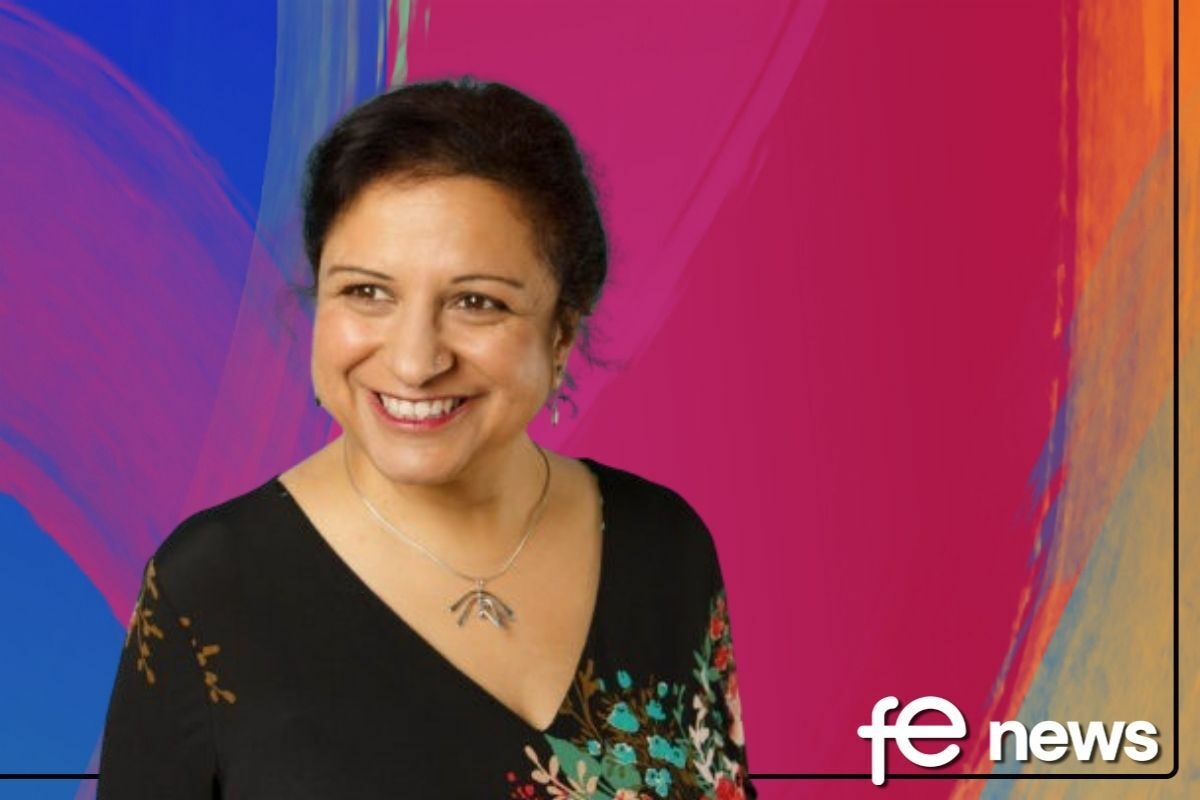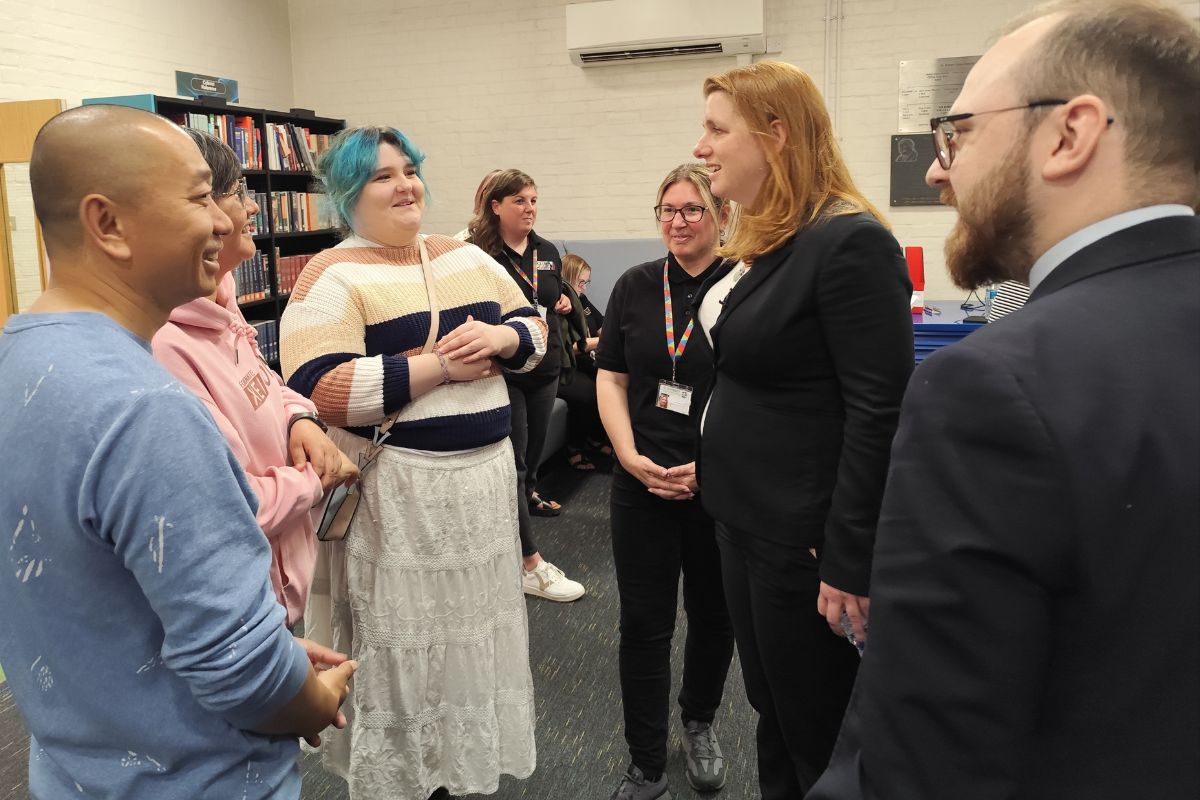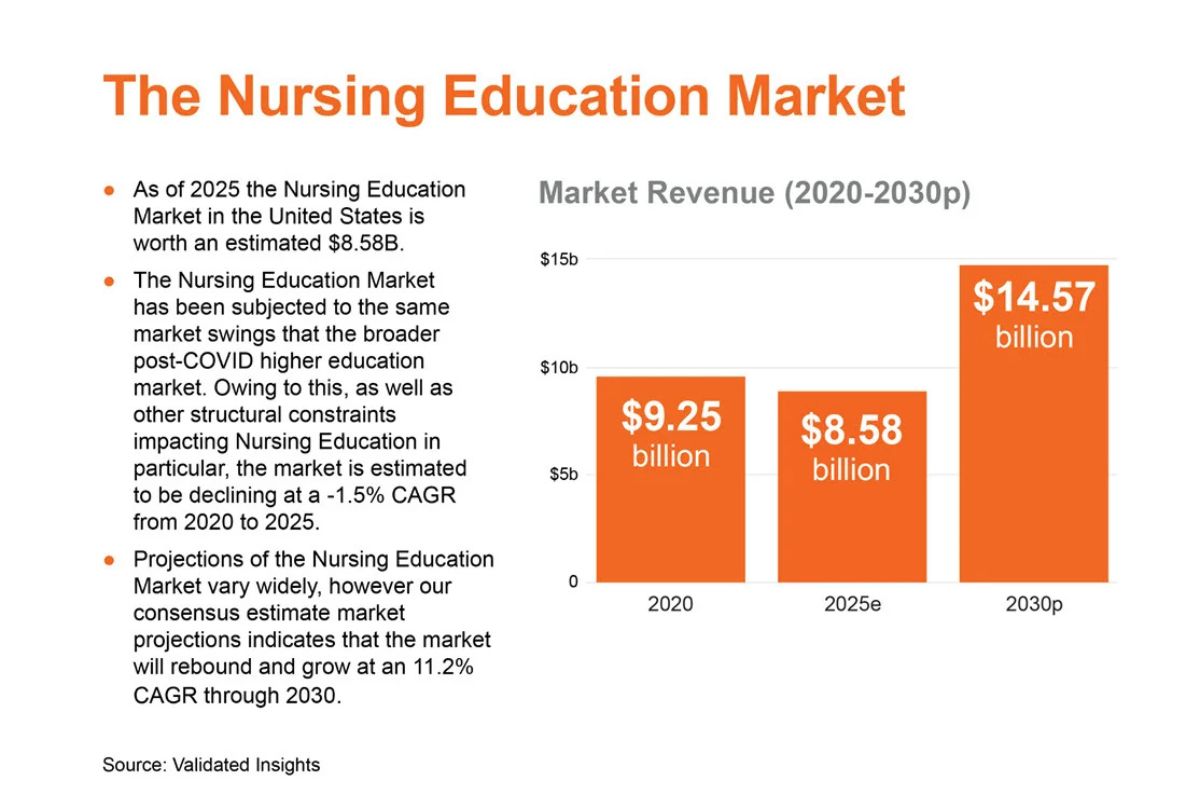The SEND Review misses the bull’s eye of the system

Last month, I wrote about SEND and accountability. This month, I want to share three areas, I believe the SEND Review Green paper consultation misses the bull’s eye. I have no doubt the DfE have spoken to many people, organisations and groups. However, have they ‘heard’ through a neutral lens or using the filter of their own perceptions, and more importantly have they understood what has been heard to accurately to define the root issues? The cost of not accurately identifying the core issues positions anything else put in place, as adding to the confusion.
I have heard DfE personnel share on numerous occasions, “We have provided unprecedented funding for SEND” and yet they are not seeing the fruit. The parents and carers get it, when they ask, “It’s about ‘how’ the funds are being used!”. So, we need to connect these views from different stakeholders and ask different questions.
#1 Theory of Change misaligned
During the SEND Reforms (2010-2018), I kept asking, ‘Where is the theory of change?’. I was dismissed for my questioning, however what I was absolutely clear on is special educational needs and disability (SEND) has to be part of school improvement, college improvement and area development plans. That’s how we shift the ‘bolt-on’ to ‘built-in’. It was good to hear in March 2022 at The Schools and Academies Show, DfE personnel finally talk about their theory of change. However, their belief is the issue is about mainstream schools vs. special schools. In other words, the perception is a lack of support in mainstream is driving the increase of requests Educational Health Care Plans (EHCP) and parents are seeking special school type support. This may be true in some cases, but not all.
The real issue is a lack of clarity between SEN Support and an EHCP. Section 36(8) of the Children and Families Act 2014 states,
The local authority must secure an EHC needs assessment for the child or young person if, after having regard to any views expressed and evidence submitted under subsection (7), the authority is of the opinion that—
- (a) the child or young person has or may have special educational needs, and
- (b) it may be necessary for special educational provision to be made for the child or young person in accordance with an EHC plan.
In effect, any parent / carer who thinks their child ‘may’ have special educational needs can request an Education Health Care Assessment (EHCA). Which parent would not want the best for their child? So, in the event of a child is either not making expected progress or demonstrating others needs and behaviours, of course parents are going to want to find out what’s happening and more importantly, what needs to be done.
Furthermore Section 33 of The Act talks about children and young people with an EHCP in mainstream education and Section 34 children and young people with special educational needs but no EHC. I am no legal expert, but these sections simply reflect responsibilities and duties, not any connectivity of identification of need and provision. SEN Support is a SEND Code of Practice 2015 construct and does not appear in The Act. This is why 9.14 (p146) of the SEND Code of Practice 2015 becomes tricky to implement, as Local authorities must not apply a ‘blanket’ policy to particular groups of children or certain types of need, as this would prevent the consideration of a child’s or young person’s needs individually and on their merits. (9.16 p146).
Whilst local authorities cannot implement a blanket policy, there does exist a different process (in theory) for when parents apply, as opposed to educational settings. Settings are required to demonstrate criteria in 9.14 of The Code. In January 2022, I launched a UK Gov petition to introduce one EHCP template across the country. So, I was delighted when this was included in the SEND Review. Many commented that I should have added more detail to the petition. My reason for not doing so was we needed to look at both the template and the process. This requires an open discussion. So, whilst the idea to digitise EHCPs has been welcomed by many, it will not work if the process issues are not resolved first and equally thought is given to those who do not have online access, for whatever reason.
The so-called tier system between SEN Support and EHCPs is problematic and cuts to the heart of the SEND system, namely resources, processes and relationships.
Incidentally, I am not the first to raise this issue of SEN Support vs EHCP. A local authority colleague brought it to the attention of The Education Select Committee in May 2019. Yet it remains unaddressed.
#2 SEN, Disability and Inclusion
The Children & Families’ Act 2014 brought special educational needs and disability together. Inclusion has only recently re-surfaced in the DfE’s vocabulary, without clarity of what it means, I might add.
Disability comes under the Equality Act 2010. Not every disability is a special educational need and not every special educational need is a disability. Mild dyslexia could be classified as SEN, whereas severe dyslexia would be regarded as a disability. Yet ‘SEND’ is being used as a homogenous construct and again this is problematic. Where does inclusion fit in the mix?
Under the Equality At 2010, schools, early years providers, post-16 institutions, local authorities and others have legal obligations towards disabled children and young people. These legal obligations include not discriminating and implementing reasonable adjustments. This is anticipatory act of forethought in defining what adjustments are needed and putting them in place. Disability is about protected characteristics and a social model of inclusion.
Section 6 of the Equality Act 2010 states a person is disabled if:
- they have a physical or mental impairment
- that impairment has a substantial and long-term adverse effect on their ability to carry out normal day-to-day activities
Long-term is further defined as 12 months or more.
SEN operates from a deficit model of need (i.e., what a child or young person cannot do) alongside a model of provision additionality. In other words, is about putting in place support and provision, so that the child and young person reaches / achieves an expected norm. I’m hoping you can see two things here:
- The clash between the social model of inclusion for disability and deficit model of SEN. There is no defined framework for bringing these together.
- It is possible for a child or young person to be identified as having SEN, the right provision not put in place in a timely manner, and the need continuing beyond a year and then we are into the realm of disability. Equally, the wrong provision might be put in place and so prolonged need moves this from SEN into disability.
It’s complex, but currently we are trying to butter a slice of bread on both sides simultaneously. A framework would provide a structure for the slice of bread to stand in, so both sides can be accessed. I use this metaphor not to reduce SEN or disability to something simple as buttering bread, but to highlight the need for a framework in joining these two dimensions of need and response.
It would be interesting to review of the 325, 618 EHCPs in England (DfE, January 2021) and see how many relate to disability and how many are about SEN. Or is this distinction, now as confusing as SEN Support and having an EHCP?
#3 Children and Young people with EHCPs
The DfE funded strategic partners (CDC) created and issued this timeline:

Spot the issue? The draft plan is issued ‘technically’ before the parent / young person is informed whether the local authority intends to issue a plan. Imagine you are a parent; time has been spent with you drafting a plan and then you are told there will be no plan! I have queried this serval times and the problem lies in counting out the timeline. Look at the blue writing at the top. The first 16 weeks are counted forward in weeks and the last four weeks are counted backwards in days! The weeks forward and days backward do not meet. The same error exists on p154 of the SEND Code of Practice 2015.
I recently attended al briefing by s Solicitor’s firm, and they talked about parents paying £300 for EHCP health checks. Basically, this is a process where the legal firm check the draft document. It is quite common practice across the country. I did leave this session thinking, as educators we have had to learn about the law, yet not many legal professional understand education. Maybe that should be a requirement.
The legal mindset described the EHCP check to me as the following litmus test:
Every need listed In (B), must have a corresponding outcome (E) and every outcome listed must have provision stated (F).

This may be true in some cases. However, it is possible to address several needs through an outcome and/or meet several outcomes through one provision / resource. If we put in place lots of support simultaneously, how can we measure the impact, whether the outcome has been met and what made the biggest difference? We need to put in place more of what’s working and address what’s not working. That’s the purpose of the annual review. But if the plan hasn’t been structured well, this becomes impossible. In truth, I have yet to find an EHCP that has been constructed well to enable progress. I’ve worked in more than 45% of local authorities across the country, so whilst it is not the full picture, it would be fair to say I have a reasonable view.
I have seen lots of EHCPs where Section B was not clearly defined, which resulted in Sections E and F being inaccurate. I’ve also seen too many settings operate from Section F only and not really consider Section E alongside it. Given that a EHCP can remain over a key stage, narrowing down outcomes and provision through a prioritisation is vital. I’m hoping the digitised EHCPs will mean more regular updates. How many Annual Reviews are conducted off old paperwork? Many!
My aim in this article was to highlight three areas the SEND Review misses the bull’s eye of the system.
Elsewhere I have commented,
“If you carefully read the #WhitePaper and #GreenPaper together, with all the underpinning evidence and research, you will see the government is trying to move several parts of the system at the same time. This is why it won’t work! Knock-on effects of simultaneous movement impact have not been considered. They have simply illustrated their knowledge of connectivity.”
Simultaneously moving all the cogs at the same time spells disaster! This is known as the uncontrolled domino effect. The SEND System is about three core elements: processes, relationships and resources. If these three facets are embedded at the core of the proposed theory of change, maybe this time round we just might enable the system to become fit for purpose.
I hope readers will make time to engage in the debate and respond with their views to the SEND Green Paper 2022. You may disagree with my ideas – that’s OK. My encouragement would be – take part!

Please note the DfE have set up three websites for the Green Paper SEND Review 2022: the main documents, summaries, responding to the consultation.











Responses